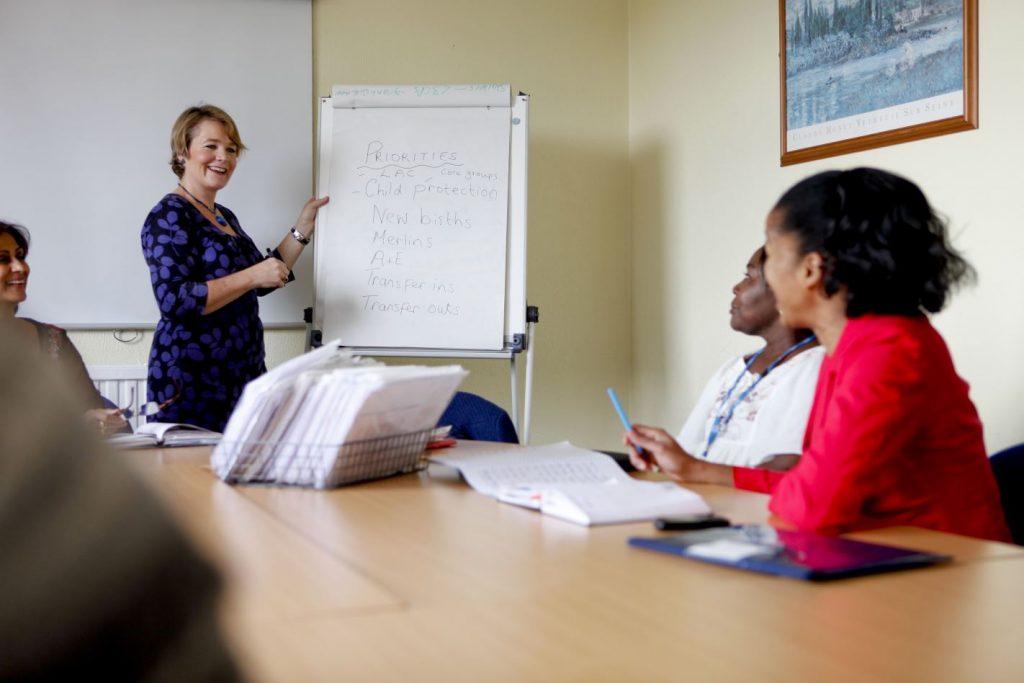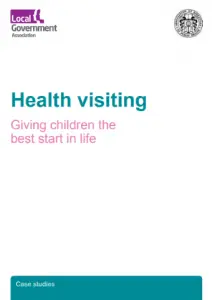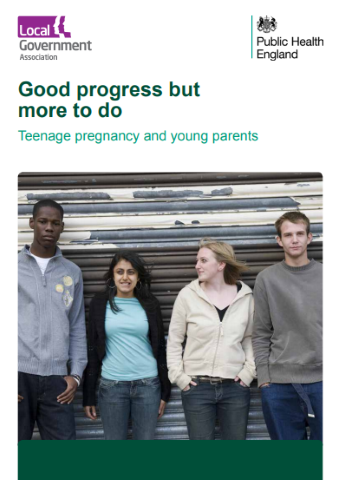iHV supports today’s call by the Local Government Association (LGA) for the Government to urgently publish local council’s Public Health Grant funding allocations. This is urgently needed to bring an end to the uncertainties around budgets for health visiting and other public health services.
A lack of certainty around councils’ public health funding that they will receive from April this year risks exacerbating the growing crisis of demand for support services that has built up as a result of the pandemic.
Alison Morton, Executive Director iHV, said:
“We support the LGA’s call for an end to the delays that are holding up the announcement of this year’s Public Health Great funding allocations – councils need to get on with their planning for this coming year.
“Across the sector we are also looking to this announcement for an uplift in the Public Health Grant and long-awaited investment in health visiting and school nursing services. In last year’s Spending Review submissions, more than 700 leading children’s organisations supported the iHV’s call for investment to enable local authorities to create strong and innovative health visiting services able to play their role in increasing opportunity for our citizens and reducing long-term burdens on the NHS.
“Babies cannot wait – the time to act is now, to reverse years of cuts to the service and a postcode lottery of support for families.”
Cllr David Fothergill, Chairman of the LGA’s Community Wellbeing Board, said:
“Demand for vital treatment for drug and alcohol misuse, obesity, mental health and children’s health is rising and at risk of not being met, while we are still grappling with the impact of the Omicron surge.
“It is wrong that we are still in the dark about how much there is to spend on this essential treatment and support, which will better protect our population from future pandemics. The Government should act now and publish councils’ public health grant without further delay, so that we can get on with planning ahead for an anticipated post-Covid surge in requests for help.”
Councils need to make critical decisions on renewing contracts for vital public health services, including for health visiting, sexual and reproductive health and suicide prevention, potentially leaving people without crucial help and support.
Last year, councils received their public health funding allocations on 17 March. Less than two weeks before the start of the new financial year. This must not be repeated.





